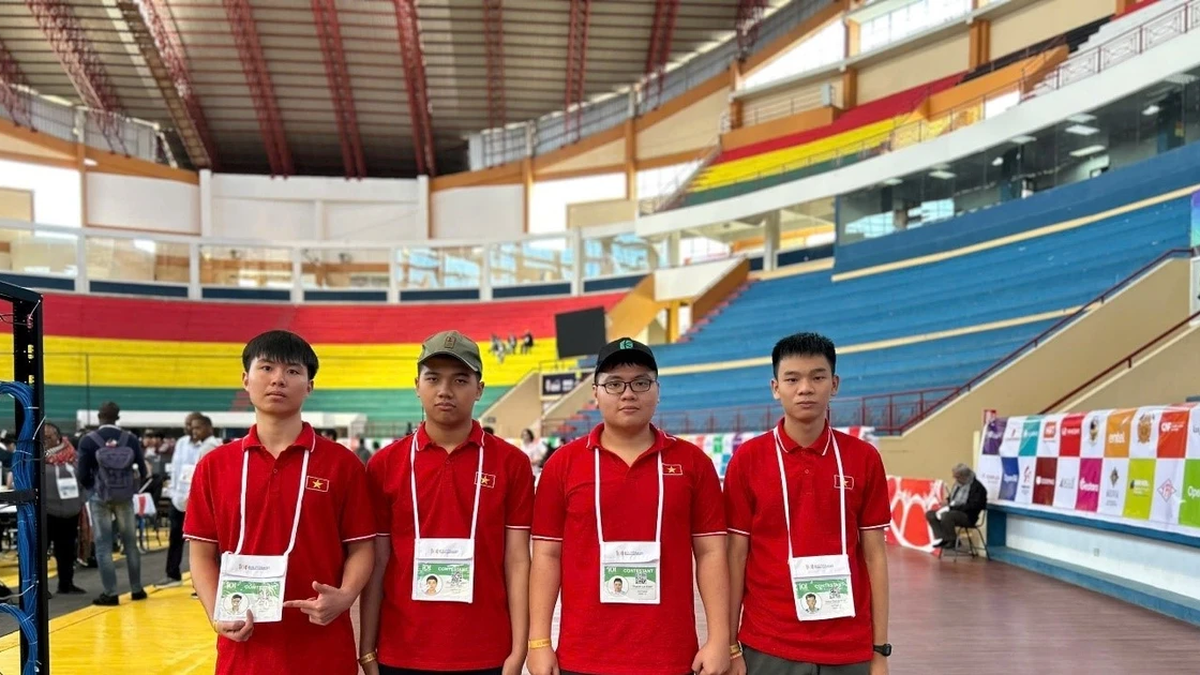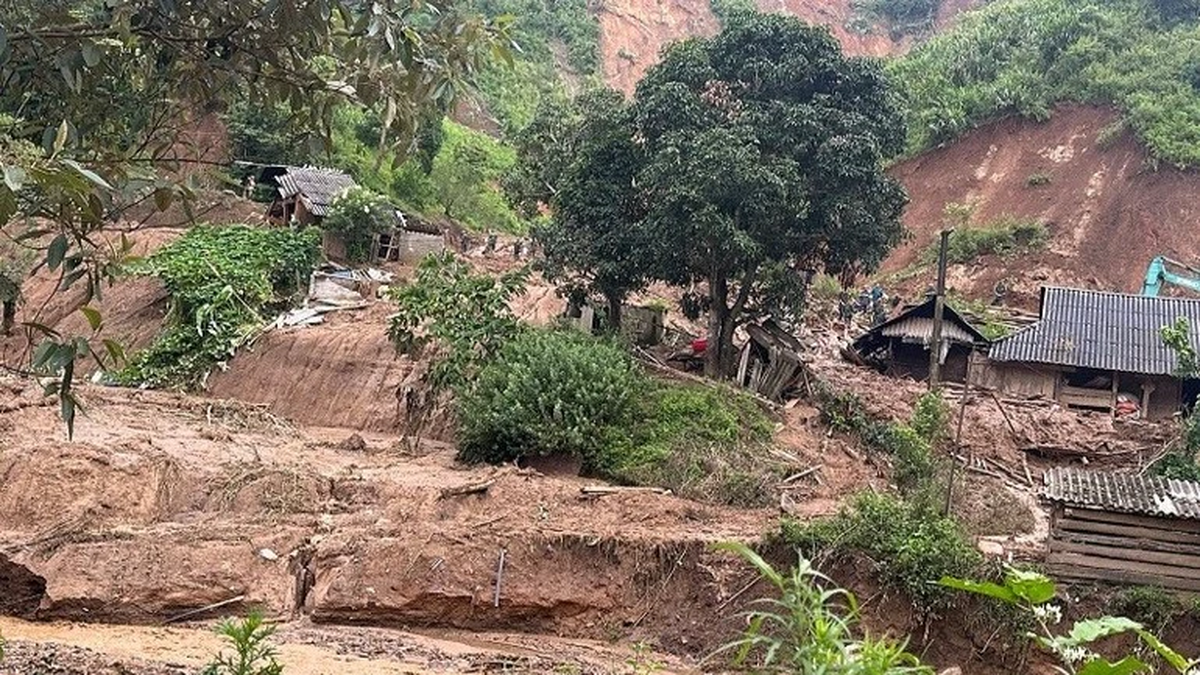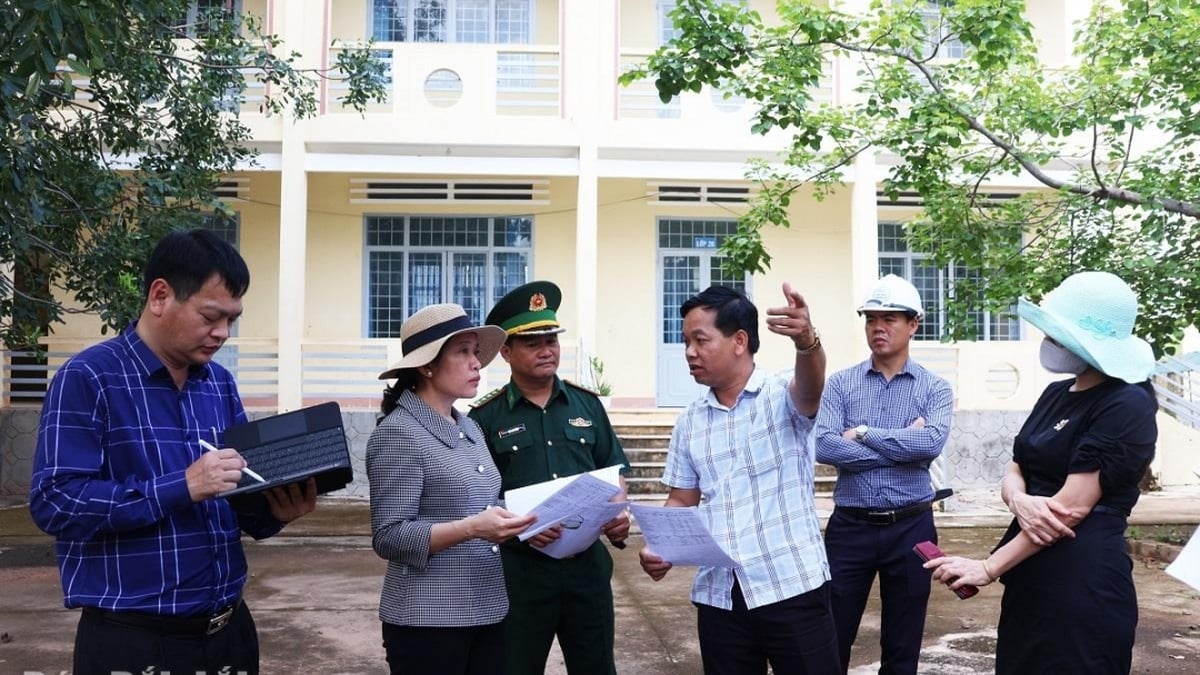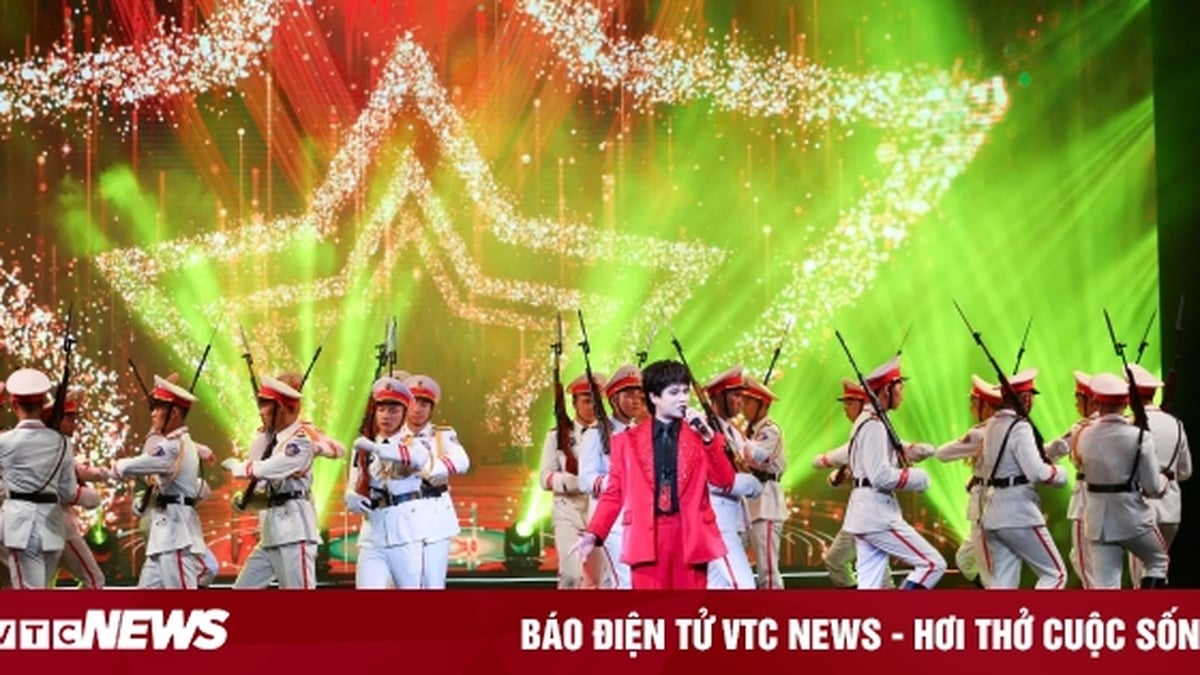Vinh Trang Pagoda was built in the mid-19th century, with an architectural style that combines French, Roman, Khmer, Chinese, Vietnamese...
Vinh Trang Pagoda (My Tho City, Tien Giang ) was established in the early 19th century, originally just a small hermitage with thatched roof and earthen walls. In 1849, the pagoda was rebuilt and named Vinh Truong. Local people still call it by its current name.
The pagoda has an area of about 20,000 m2 with a unique complex of Buddha statues, bell tower, main hall, ancestral house..., and is an attractive tourist destination for visitors to Tien Giang.

In front of the pagoda is a gate built in the form of an ancient tower by Hue artisans in 1933. The middle gate is made of iron in the French style. On the ancient tower, there were originally statues of monks who had contributed to the pagoda, but this was later replaced by a Buddha statue.

On the roof of the three-entrance gate are elaborately decorated statues of dragons, unicorns, turtles, phoenixes, birds, herdsmen, fishermen, woodcutters... The materials are made of Vietnamese and Chinese porcelain with blue glaze creating a shimmering color.

Vinh Trang Pagoda was built in the shape of the Chinese character Quoc, covered with red tiles, with construction materials being cement and precious wood. The building covers an area of 1,400 m2, consisting of four consecutive rooms: the front hall, the main hall, the ancestral house and the rear house.

The main facade of the pagoda is built of concrete, the overall appearance resembles an ancient French house. Part of the pagoda's roof is influenced by Khmer culture, the decorative ceramic tiles are from Japan.

The columns on the front and along the corridor of the temple are slender, with curved domes. The domes are decorated with Roman architectural patterns mixed with the Western Renaissance style. The iron gates and windows resemble French villas.

The interior of the main hall and the ancestral house are built in the Chinese style but still retain Vietnamese architectural features. On the roof hang many horizontal lacquered boards and parallel sentences in Chinese characters. The rows of pillars inside are made of precious wood.

The main hall of the pagoda is decorated with many Buddha statues made of wood, bronze, terracotta, and cement. The statues are all gilded with shiny gold and were carved in the late 19th century.

Connecting the rooms is a square space with a rockery carved with mountains, pagodas and towers, imbued with Vietnamese identity.

In the temple grounds, there are also newly built structures such as the 20-meter-high, 250-ton Maitreya Buddha statue, cast in reinforced concrete. The project was inaugurated in 2010.

Behind the main hall is a 32-meter-long statue of Buddha Shakyamuni in the nirvana posture, inaugurated in 2013. The large statues in the temple are exquisitely carved, exuding the Buddha's peaceful, ethereal appearance.

The temple space is spacious and peaceful with many trees, bonsai, flowers, lotus ponds... creating a pleasant feeling for visitors after worshiping Buddha.
The Vietnam Book of Records Center has established: Vinh Trang Pagoda - the first Vietnamese pagoda combining Eastern and Western architectural styles in 2007.
Quynh Tran
Source

































































































Comment (0)